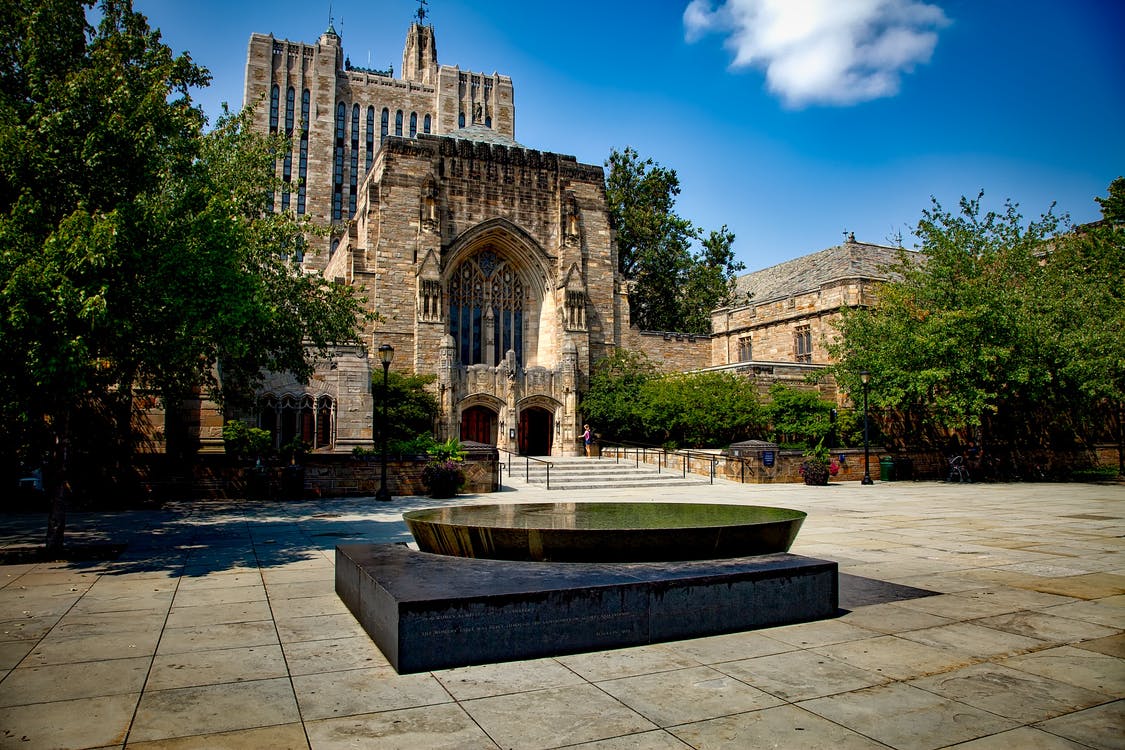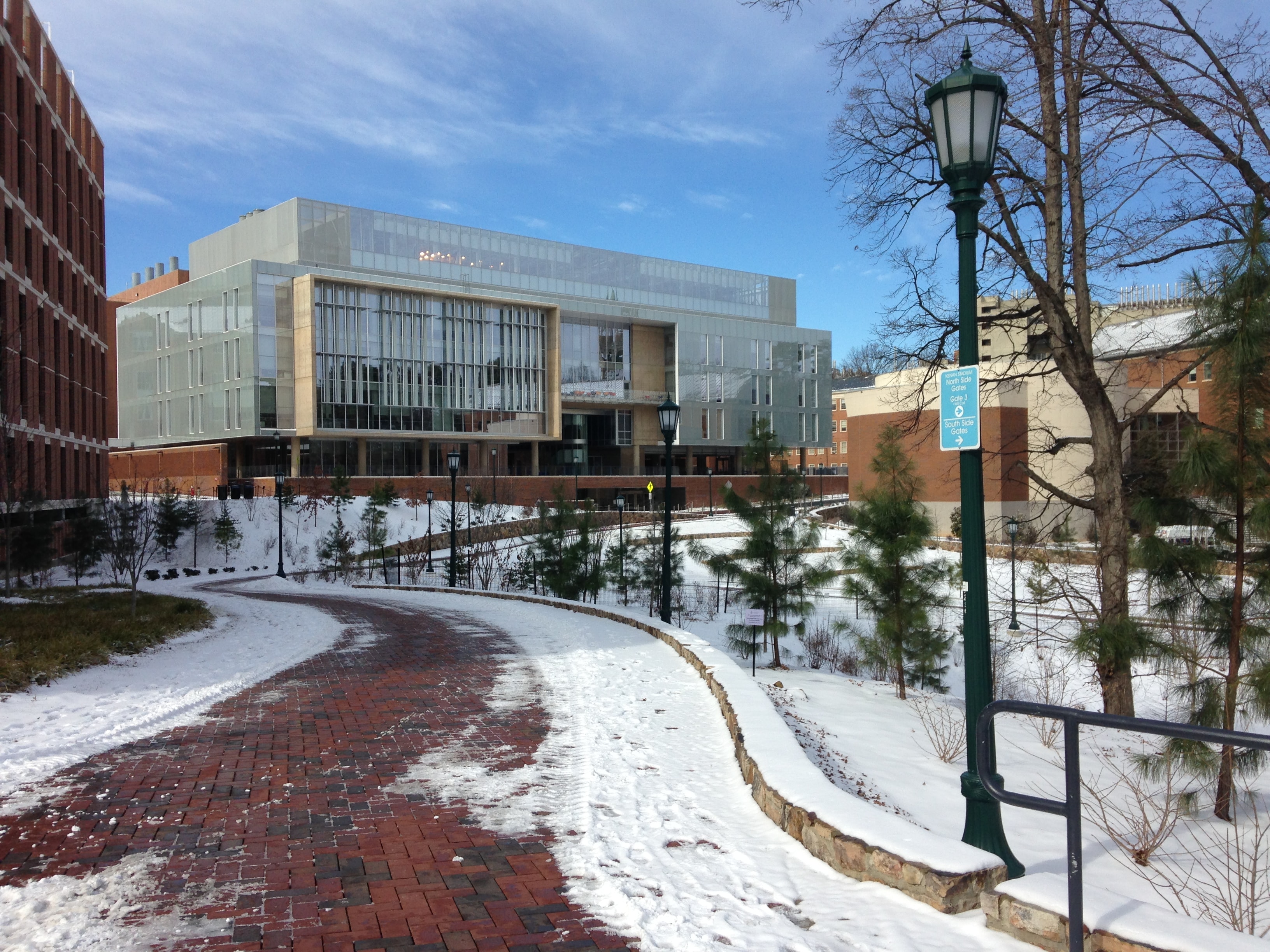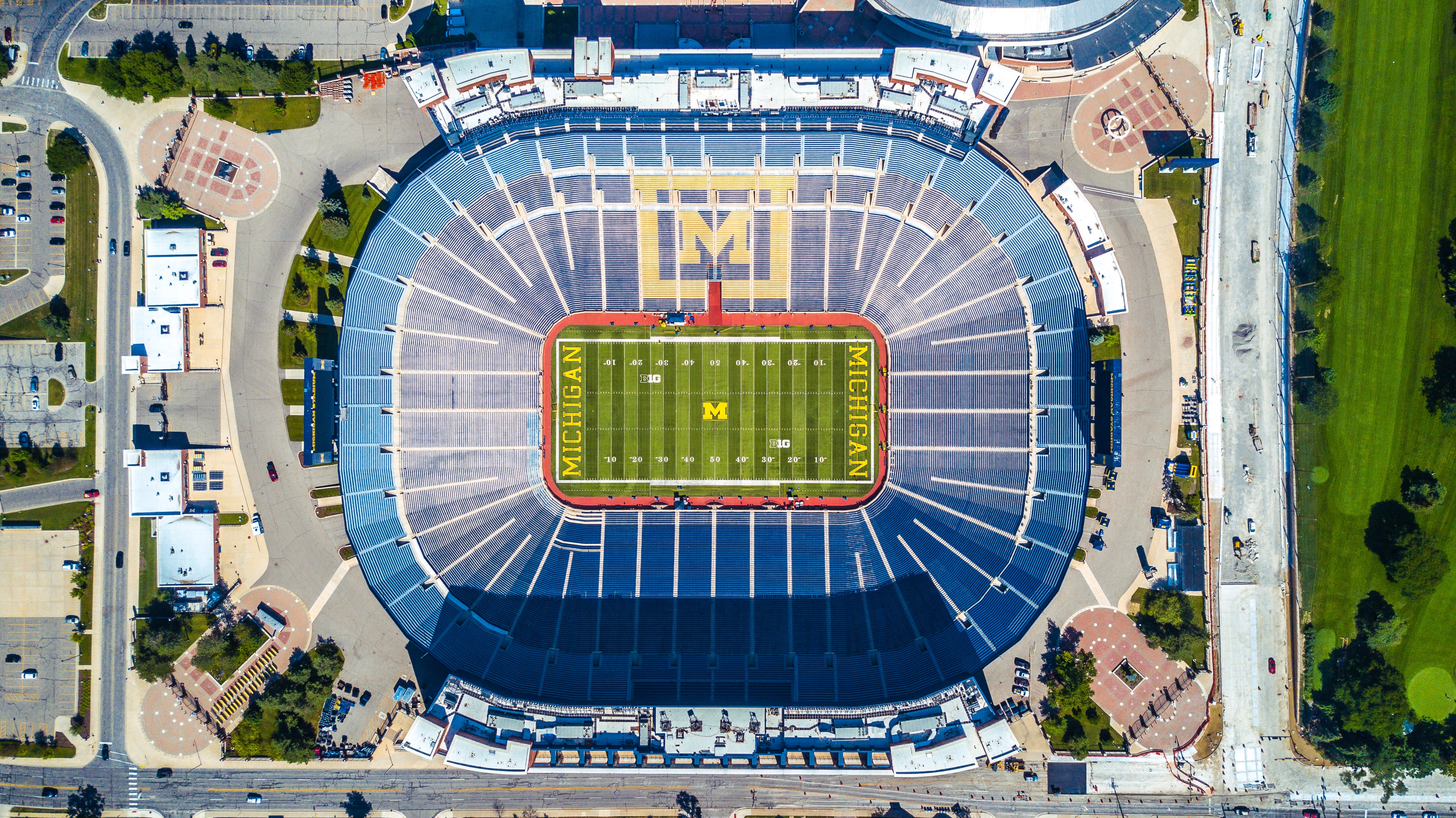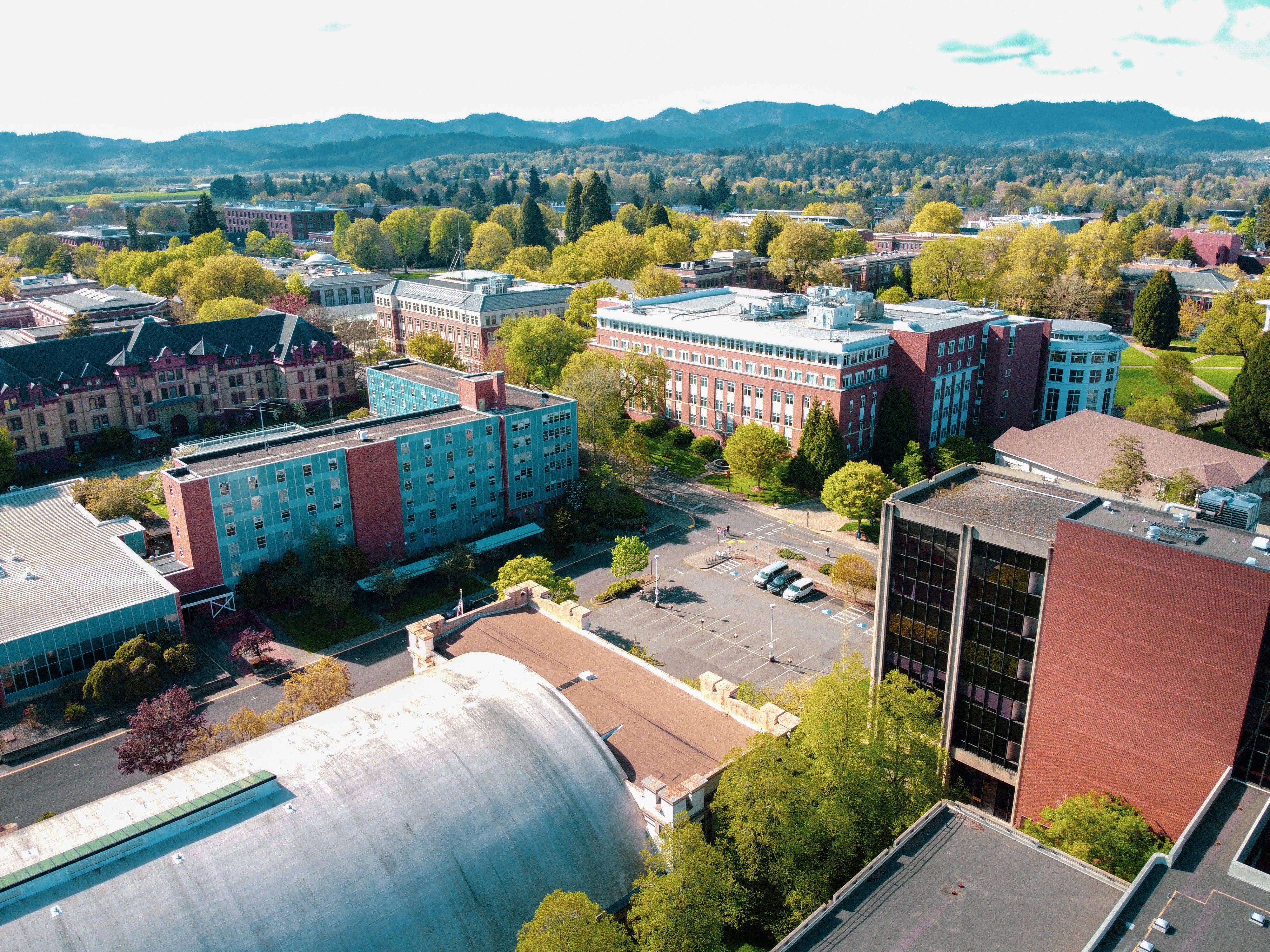If you’re thinking about applying to college in the US later this year, now is the time to start formulating a list of colleges you want to look into more deeply. This is bound to be a daunting task for any student, and knowing where to start is often the first obstacle.
For students from abroad, however, the process can be more difficult. Most articles, websites, and informational videos will throw around vocabulary that they assume you’ll be familiar with already. Are you thinking West Coast or East Coast? Liberal arts college or research university? Big 10 or Ivy League?
You might have heard many of these terms, but the nuance of what they mean and how they’ll affect your US college experience might go right over your head. While a liberal arts college in Southern California might share many qualities with one in the Northeast, they’ll likely have very different vibes.
Over the next couple of months, we’ll be helping to demystify the terminology around US colleges to help international students better understand the aspects of a school that might not be found on its website.
Today, we begin with a short and sweet breakdown of some broad American regions, what kinds of colleges and degrees you’ll likely find in them, and what to expect from life there—everything from the weather to preferred weekend activities!

Major cities: Boston, New York, Philadelphia, and Washington, D.C.
Well-known colleges: The Ivy League, Boston College, MIT, NYU, University of Connecticut, Georgetown, Vassar, Wellesley, Bryn Mawr
London to New York: 8 hour direct flight
Singapore to New York: 21 hours, often with a stopover in Europe
Climate: Hot, humid summers and cold, snowy winters (think 4 distinct seasons!)
Vibe: Emphasis on tradition; old and picturesque buildings; a vast array of urban and rural campuses; academically competitive
It’s no surprise that many of America’s oldest and most well known universities are in the Northeast, as it’s also the oldest part of the country. If you’ve ever seen films featuring large stone buildings arranged around perfectly manicured lawns on brisk autumn days, they were likely filmed on one of the Northeast’s many famous campuses.
While the Northeast is home to the prestigious Ivy League, its bigger cities also feature a number of large private research universities. There are also quite a few liberal arts colleges dotting the countryside—so there’s truly something for every kind of student here!
Students interested in finance or business will encounter some of America’s top business schools in the Northeast, while those interested in politics or international relations will likely be drawn to Washington, D.C. Across the board, the Northeast is diverse, cosmopolitan, and home to many international students.

Major cities: Atlanta, Miami, Nashville, Charlotte, New Orleans, Austin
Well-known colleges: Duke, Vanderbilt, University of North Carolina, University of Virginia, UT Austin, Emory, Tulane, Wake Forest, University of Miami, and University of Florida
London to Atlanta: 10 hour direct flight
Singapore to Atlanta: 21 hours, with a stopover in Europe
Climate: Hot (we’re talking hot!) summers and temperate winters
Vibe: Strong sense of American culture; warm and talkative people; large emphasis on campus social life and school spirit;; large campuses that often have a suburban feel, and a slower pace to life
The South is much more than just its tropes of polite manners and delicious cuisine—this region is home to some of America’s top research universities.
While many students may first think of large “party schools” dominated by fraternities and sororities (aka Greek life, the membership-based social clubs found across American university campuses), academic rigor and award-winning medical and scientific advancements define many of the best Southern universities. Students interested in pursuing medicine or other scientific research will be especially pleased with their options in the South.
Moreover, many southern universities have some of the nation’s best football teams, so if you’re looking to dive headfirst into the (American!) football tradition, this could be the region for you.
Like much of the US, the South is spread out and campuses outside major cities may be fairly isolated, unless students have access to a car.

Major cities: Chicago, St. Louis, Detroit, Minneapolis, Cleveland
Well-known colleges: Northwestern, University of Chicago, University of Michigan, University of Wisconsin (Madison), Indiana University, Purdue, Notre Dame, Washington University of St. Louis, Oberlin, Kenyon
London to Chicago: 9 hour direct flight
Singapore to Chicago: 21 hours, with a stopover in Europe
Climate: Hot, humid summers and very snowy and cold winters
Vibe: Down-to-earth locals; large emphasis on sports teams alongside rigorous academics; a good mix or suburban, city, and rural campuses
Often considered to be America’s heartland, the Midwest lives up to its reputation for extremely friendly locals, small towns, and sports. While Chicago, St. Louis, and a few other cities boast urban campuses, many midwestern colleges are located in what are known as “college towns”—suburbs or small towns located farther from cities whose economies and atmospheres revolve around the local university.
Some of the best US humanities degrees can be found at small liberal arts colleges in the rural Midwest. If you’re passionate about creative writing, for example, and want to dive into the collegiate lifestyle these schools could be a great fit for you.
Like the South, “car culture” reigns supreme outside of cities, so be prepared to get to know your college town very well… or get a car!

Major cities: Denver, Seattle, Portland, Phoenix, Salt Lake City
Well-known colleges: University of Colorado (Boulder), Colorado College, University of Arizona, Seattle University, University of Washington, University of Oregon, Reed College, Lewis and Clark College
London to Denver: 14 hour direct flight (runs less frequently)
Singapore to Denver: 30 hours, with at least 1 stopover
Climate: Various - Arizona is primarily desert with hot summers and temperate winters, Colorado is mountainous with cold, snowy winters and beautifully warm summers, and Washington & Oregon are temperate and rainy (sound familiar, Londoners?)
Vibe: Laid back; wide open spaces and cities are very far from each other; large focus on nature & outdoor activities whether hiking or skiing; many large universities
Perhaps the least “well known” region for international students, the colleges of the West are not to be overlooked. From large public research universities near cities to small liberal arts colleges dotted around the region, the West has dozens of standout colleges. There’s almost nowhere better to study environmental science, green energy/engineering, or defense and aeronautics.
It’s difficult to group the Southwestern desert and Grand Canyon with the gorgeous and aptly-named Rockies or the forested Pacific Northwest, but all of the Western states feature a slower pace of life and appreciation for their natural surroundings unparalleled in the rest of the US. If you’re someone who loves the outdoors, studying “out West” will provide incredible opportunities for adventurous weekend trips to some of the nation’s most stunning landscapes.

Major cities: Los Angeles, San Francisco, San Diego
Well-known colleges: Stanford, UC system (UCLA, UC Berkeley, UCSD), USC, Pomona, Claremont McKenna, Occidental, LMU, USF, Caltech
London to Los Angeles: 12 hour direct flight\
Singapore to Los Angeles: 15 hour direct flight
Climate: Southern California is hot and sunny year-round, while Northern California has warm summers and mild (but not warm!) winters
Vibe: Relaxed yet highly motivated people; artistic and cultured cities plus access to nature; range of large research universities and small liberal arts colleges, and we can’t forget the ocean!
Yes, California is just one state—but, let’s be honest, it’s likely there’s at least one California school on your college list because this state is home to hundreds of prestigious colleges and universities.
Whether students are interested in technology and computer science, scientific research, or the arts, California has exceptionally well regarded degree programs for each. The globally renowned University of California system is frequently sought after by international students, but the state also boasts everything from Occidental College (Barack Obama’s alma mater) to LMU, a private university with degrees in almost all subjects located just steps from the beach.
One thing that international students may know less about are the differences between Southern and Northern California. While Southern California is often associated with Hollywood and surfing, Northern California is more known for Silicon Valley and a more mountainous environment. While both areas have much more to offer, these distinctions can be a helpful starting point!